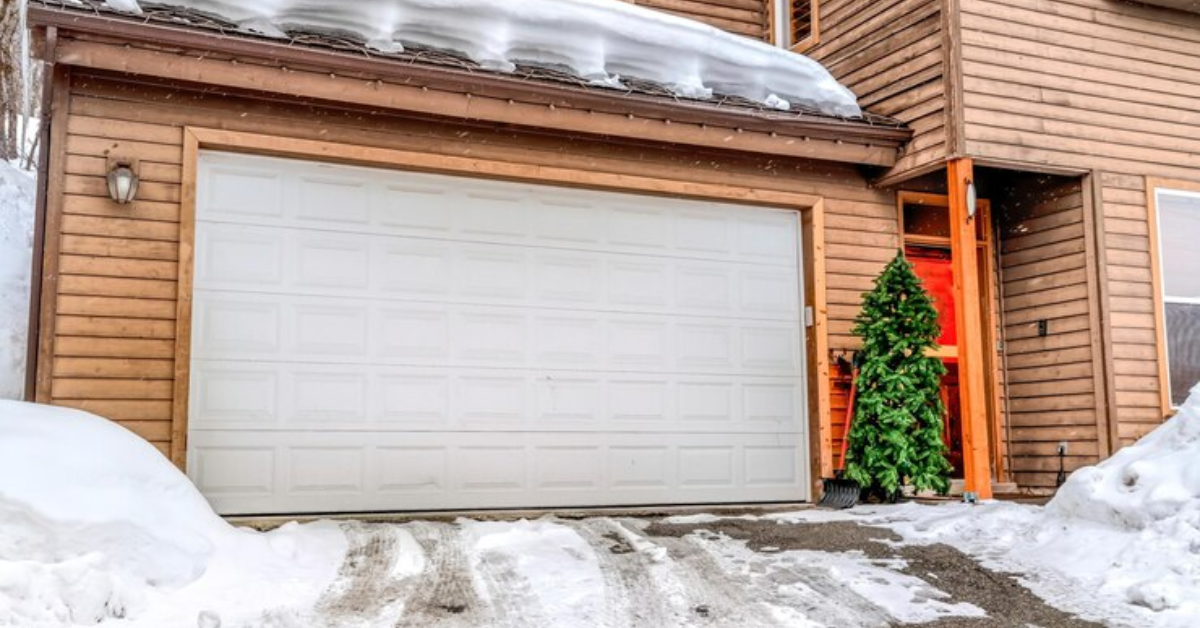How Secure Are Automatic Garage Doors?
Automatic garage doors have become a standard feature in many modern homes, offering convenience and style. However, with the rise in smart home technology, security concerns about these doors have also increased. Homeowners want assurance that their garage doors, which often provide direct access to their homes, are secure against potential threats. This article explores the security of automatic garage doors, potential vulnerabilities, and ways to enhance their safety.
Understanding Automatic Garage Door Security
Automatic garage doors are equipped with motors and sensors that allow remote operation. They often include features such as keypad access, smartphone connectivity, and rolling code technology. While these features are designed to enhance convenience and security, they can sometimes introduce vulnerabilities.
Built-In Security Features
- Rolling Code Technology:
Most modern automatic garage doors use rolling code technology, which generates a new access code every time the remote is used. This prevents code grabbing, a hacking technique where intruders intercept static codes. - Manual Locking Mechanisms:
Some garage doors include a manual locking option as an added layer of security. This feature can deter intruders, especially during power outages when the automatic system is inoperative. - Smart Garage Door Openers:
Advanced models integrate with smart home systems, enabling users to monitor and control the door remotely. Alerts can notify homeowners if the door is left open or if unusual activity is detected.
Potential Security Vulnerabilities
Despite their advantages, automatic garage doors are not invulnerable. Here are some common security risks:
1. Signal Hacking
Older models without rolling code technology are particularly vulnerable to signal interception. Hackers can use devices to clone the signal from the remote, gaining unauthorized access.
2. Weak Keypad Security
If the keypad code is simple or shared with others, it can become an entry point for intruders. Additionally, some keypads are prone to wear, leaving visible marks on frequently pressed buttons.
3. Physical Manipulation
Criminals can use tools to pry open the door or manipulate the emergency release lever, especially if the lever is easily accessible from outside.
4. Vulnerabilities in Smart Technology
While smart garage doors offer convenience, they are susceptible to cyberattacks. Weak passwords or outdated software can make the system an easy target for hackers.
Enhancing the Security of Automatic Garage Doors
Homeowners can take several steps to ensure their automatic garage doors are as secure as possible:
1. Upgrade to a Modern Garage Door Opener: If your system is more than 10 years old, consider upgrading to a model with advanced security features such as rolling code technology and smartphone connectivity.
2. Secure the Emergency Release Lever: To prevent intruders from accessing the emergency release, use a shield or cover that blocks external access. Alternatively, install a zip tie that can be easily removed in emergencies but deters tampering.
3. Regularly Change Keypad Codes: Use a strong, unique code for the keypad and change it periodically. Avoid using predictable numbers such as birthdays or simple sequences like "1234."
4. Install a Security Camera: Adding a security camera near your garage door can deter potential intruders and provide evidence in case of a break-in attempt. Opt for a camera with motion detection and night vision for optimal coverage.
5. Enable Two-Factor Authentication (2FA): If your garage door opener is part of a smart home system, enable 2FA for added security. This ensures that only authorized users can access the system.
6. Keep the Remote Secure: Avoid leaving the garage door remote in your car or anywhere accessible to others. Instead, invest in a keychain-sized remote that you can keep with you at all times.
The Role of Professional Maintenance
Regular maintenance by a professional can also enhance the security of your garage door. Experts can check for vulnerabilities, ensure the sensors are functioning correctly, and update the system’s firmware to protect against the latest threats.
Why Garage Door Security Matters
A secure garage door not only protects your vehicles and stored items but also serves as a critical barrier between your home and the outside world. Many homeowners overlook this entry point, focusing more on doors and windows. However, statistics show that intruders often exploit weak garage doors to gain access to homes.
Conclusion
Automatic garage doors are a convenient and valuable feature for any home, but their security should never be taken for granted. By understanding potential vulnerabilities and implementing preventive measures, you can significantly enhance the safety of your garage door. Regular upgrades, careful use of smart technology, and professional maintenance are key to ensuring that your garage remains secure. Investing in robust security for your garage door protects not only your belongings but also provides peace of mind for you and your family.




